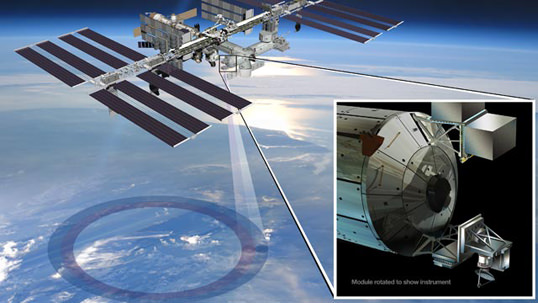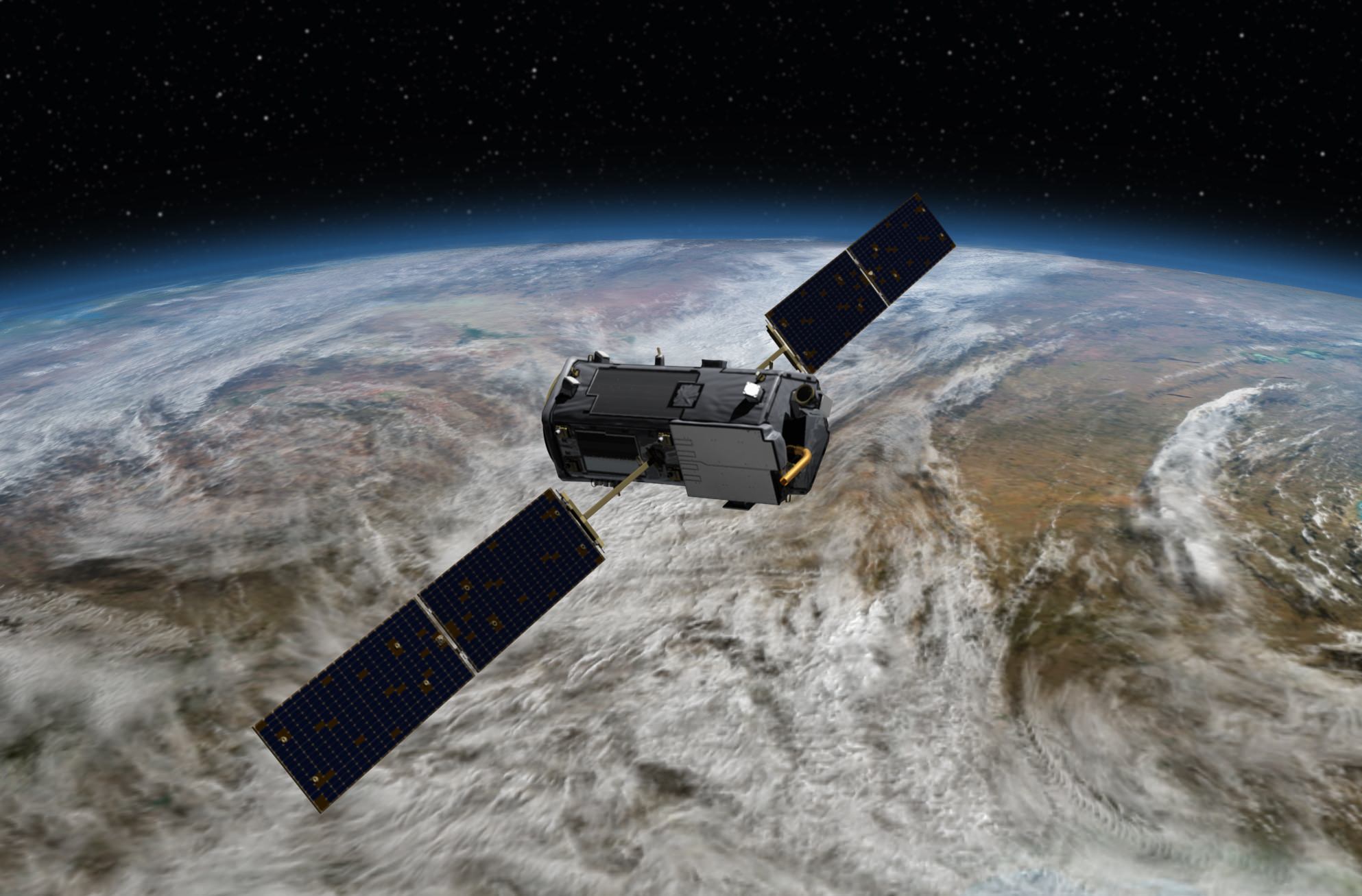How badly will climate change affect our planet? Different models tell us different things, and that’s partly because we need more precise information about the factors that warm the world. How much is sea level rising? What are the levels of carbon dioxide in the atmosphere? All of these things must be known.
NASA expects to launch five Earth science missions this year, which is the biggest roster in more than a decade. They’ll track rainfall, seek water hiding in soil, and examine carbon dioxide and ocean winds around the world. Here’s a quick rundown of the busy launch schedule:
Global Precipitation Measurement (GPM) Core Observatory (Feb. 27): This will be the first of a series of satellites to look at snow and rain from space. “This new information will help answer questions about our planet’s life-sustaining water cycle, and improve water resource management and weather forecasting,” NASA stated. This joint spacecraft with the Japanese Aerospace Exploration Agency (JAXA) will launch from Japan’s Tanegashima Space Center on a H-IIA rocket. GPM was built at NASA’s Goddard Space Flight Center in Maryland.
ISS-RapidScat (June 6): This sensor will sit on the International Space Station and monitor ocean winds (including storms and hurricanes). What’s interesting about this mission is its use of old parts, NASA points out, as well as the decision to mount it on a station rather than take the more expensive route of making it a separate satellite. The probe will launch on a SpaceX Dragon spacecraft (aboard a SpaceX Falcon 9 rocket) from Florida’s Cape Canaveral Air Force Station as part of a regular commercial resupply flight.

Orbiting Carbon Observatory (OCO)-2 (July): NASA plans to take a second crack at this type of satellite after the OCO launch failure in 2009. The satellite will seek out carbon dioxide to better understand where it is emitted (in both natural and artificial processes) and how it moves through the water, air and land. This will launch from California’s Vandenberg Air Force Base on a Delta II rocket. OCO-2 will be managed by NASA’s Jet Propulsion Laboratory in California.
Cloud-Aerosol Transport System (CATS) (Sept. 12): This technology demonstration project will use lasers, in three wavelengths, to examine tiny particles borne into the atmosphere from phenomena such as pollution, smoke, dust and volcanoes. “These aerosol particles pose human health risks at ground level and influence global climate through their impact on cloud cover and solar radiation in Earth’s atmosphere,” NASA stated. This will also leave Earth aboard a SpaceX resupply flight from Cape Canaveral.
Soil Moisture Active Passive (SMAP) mission (November): Will check out the moisture level of soil, with the aim of refining “predictions of agricultural productivity, weather and climate,” NASA stated. Also managed by JPL, this satellite will spend its time in an almost-polar “sun-synchronous” orbit that keeps the sun’s illumination below constant during SMAP’s turns around the Earth. SMAP will launch from Vandenberg on a Delta II rocket.
Source: NASA


No wonder NASA has so much trouble funding planetary science.
Focusing on one planet only. NASA as a weather station.
I tend to agree, but the Obama administration has turned NASA into a propaganda arm, so they are using them as much as they can to promote their agenda.
Why is it allways something Obama is doing, congress has NASA’s purse string. And NASA has always done lots of earth satellite missions. During the bush administration there were 12 earth missions.
http://science.nasa.gov/earth-science/missions/
Glad you asked. The reason is because politics, first and foremost, are what matters to this administration, and they have used NASA and other government agencies, in political ways, since the beginning. I have no real problem with “Earth missions” if they are genuine in their intent, but I get the feeling these are missions that will be used to “confirm” something that is still up for debate and has more and more doubters in the scientific community every day. Remember, this is the same NASA that the administration has used for things like Muslim outreach and the President told Mr. Bolden that, “his highest priority should be “to find a way to reach out to the Muslim world and engage much more with dominantly Muslim nations to help them feel good about their historic contribution to science … and math and engineering.”
I don’t trust them to be straight with us, nor do I trust them to objectively study the climate change issue and the new evidence that shows the planet might not be warming at all.
A down vote? Shocking considering absolutely nothing I said there was untruthful.
If you think the science is uncertain, than you should support the gathering of fresh data. As for NASA outreach, that all got defunded during the sequester,
Congress over rode the administration’s cuts to planetary science and restored the funds. It kills me to credit dysfunctional congress but those are the facts. This administration is not a friend of planetary science beyond the Earth science agenda.
Well stated phil.
I don’t understand why climate science skeptics are so against missions of this kind. After all, if climate change isn’t real, missions like this will prove it. If that were to happen, I’d be immensely relieved.
But what I think will happen is that these missions will show evidence in favour of the current science.
I favor Earth climate data taking. Now that rabid ideologue James Hansen is no longer at NASA I hope that the scientists are without agenda and that future raw data is publicized before adjustments to dispel concerns.
Climate change is/was/will be real. It’s the rate and degree of warming that’s in question and the % from human contribution.
If you are referring to me, that is a huge leap you’re making. I am on the fence with regards to man made global warming, but I have no issue with missions like this, if NASA wasn’t starving for funds and if I knew that the data wasn’t going to be skewed in such a way to meet the desires of the Obama administration.
I support the gathering of fresh data if that data will be accurate and not politicized or skewed to meet an agenda. I do however believe that NASA’s mission needs to be more exploration oriented.
To hide chem-trailing and Global Cooling,
will the results be secret?